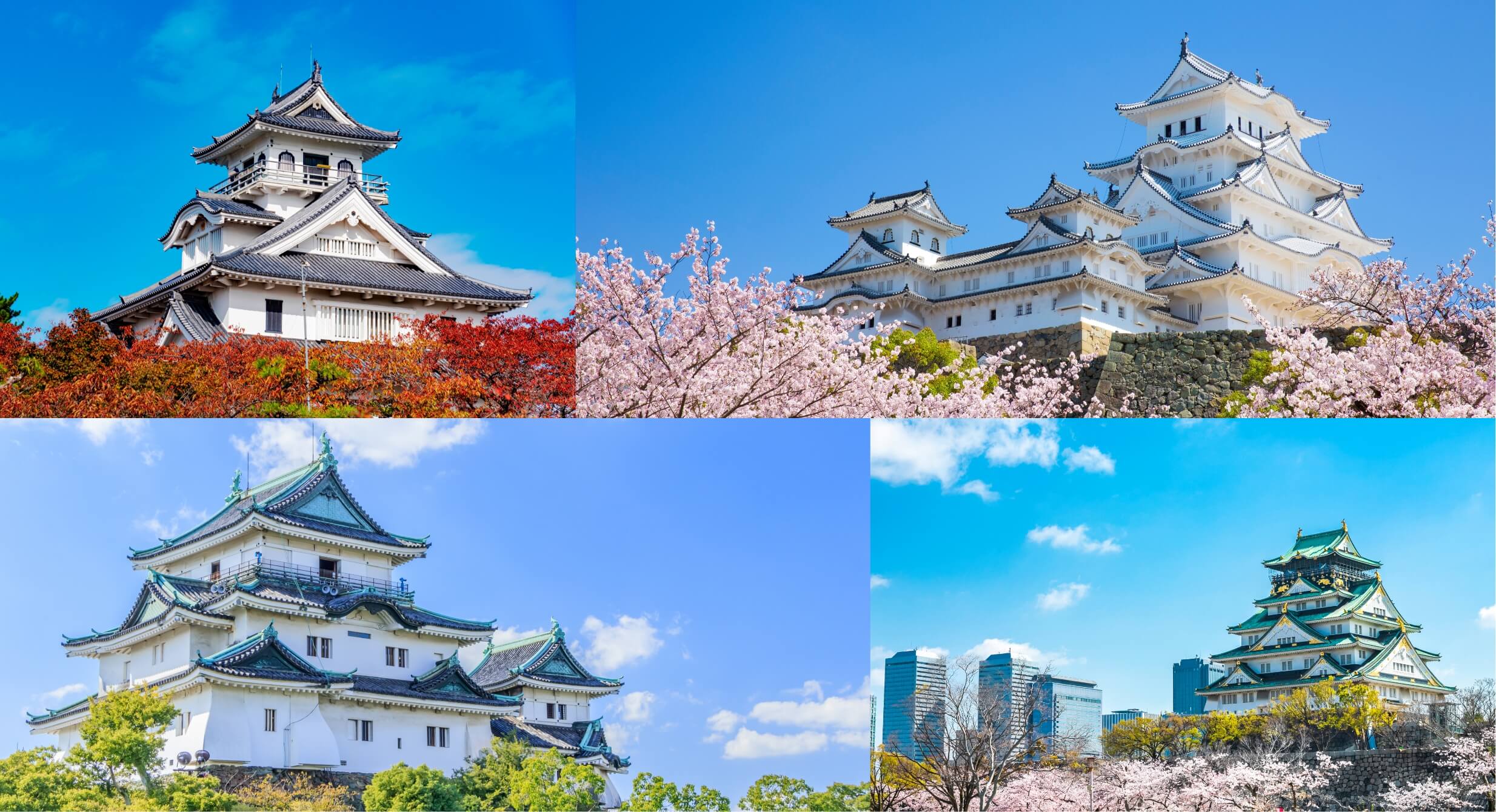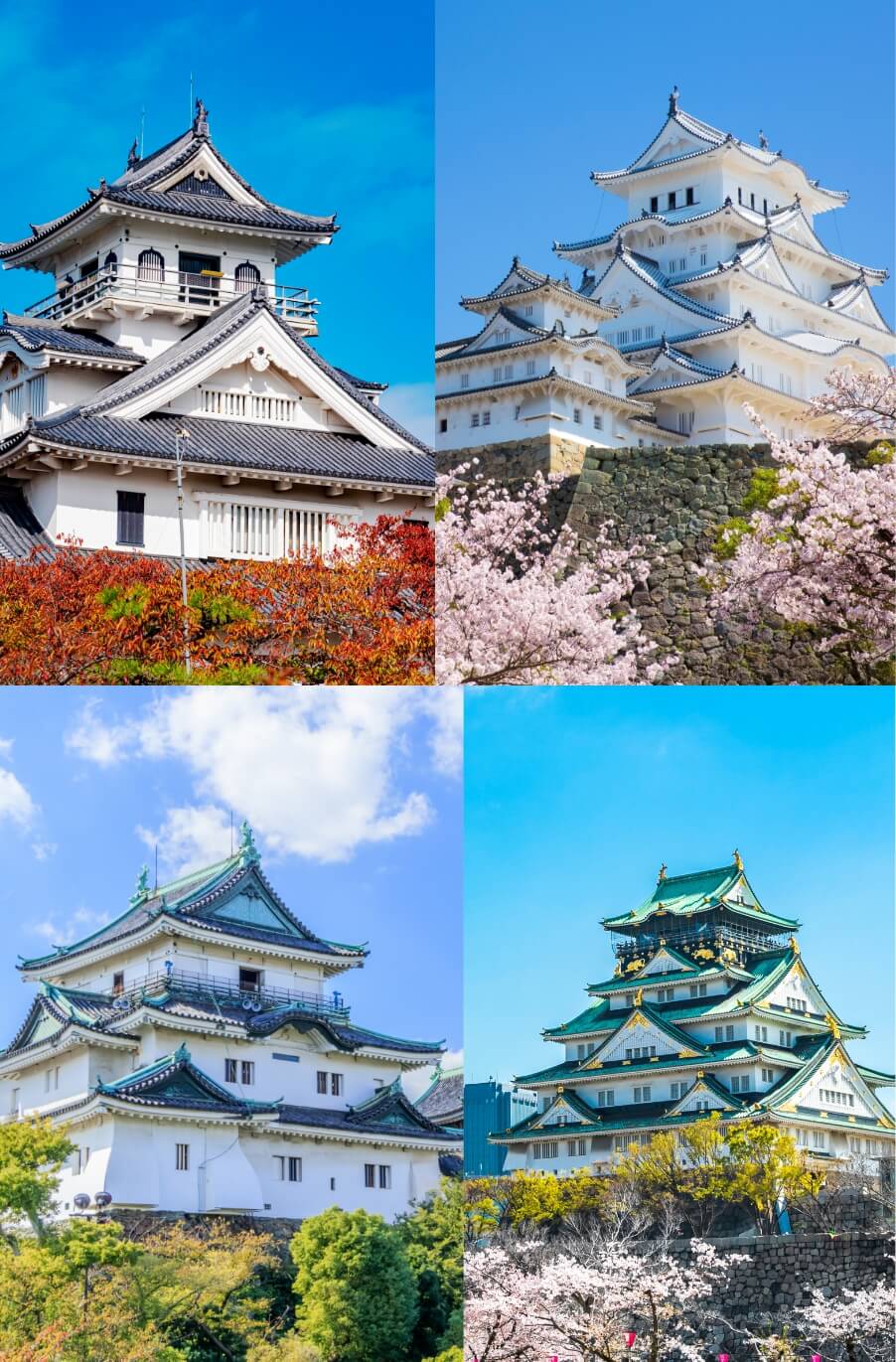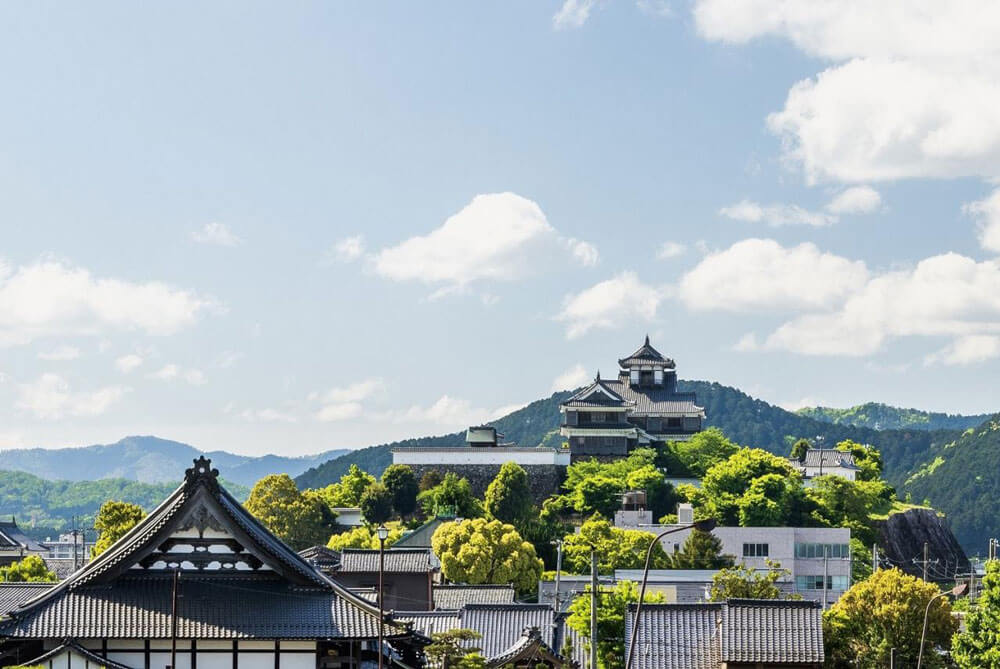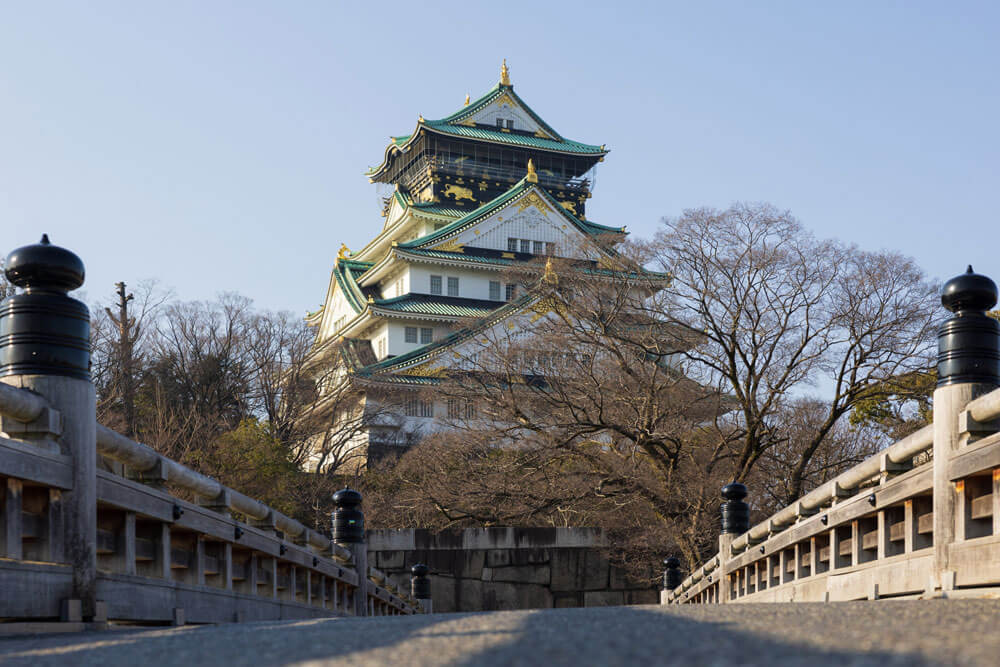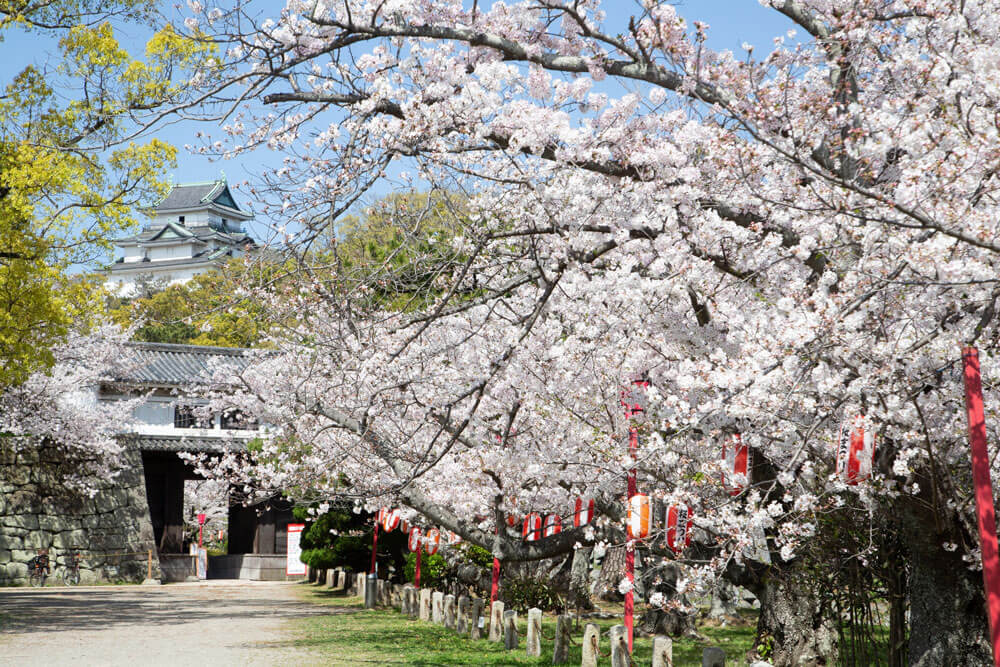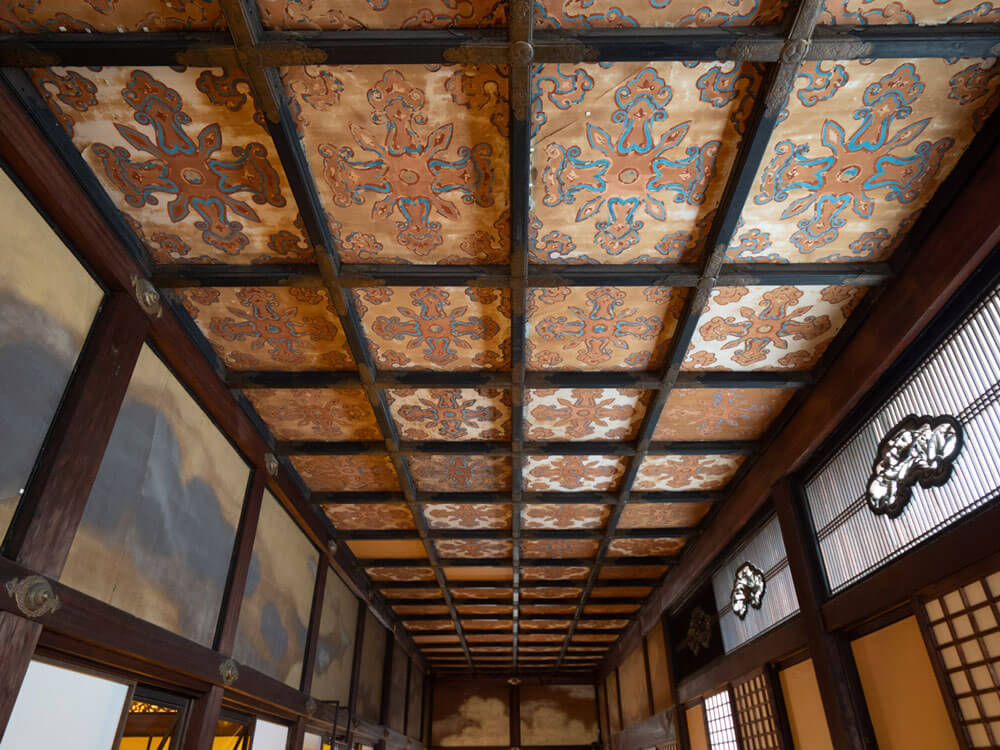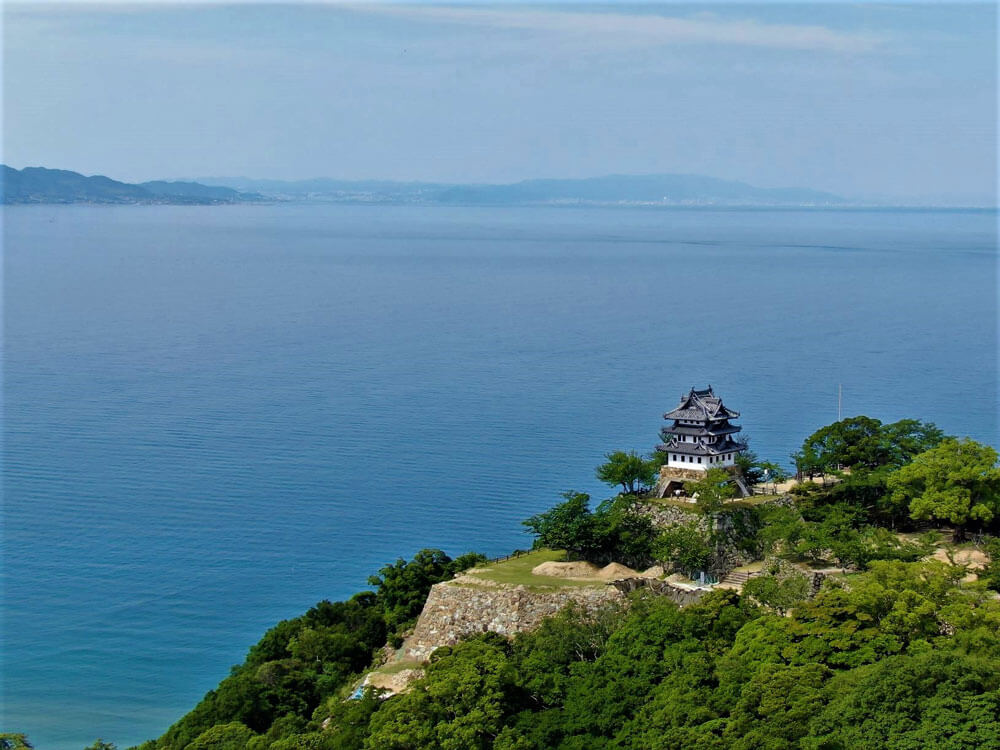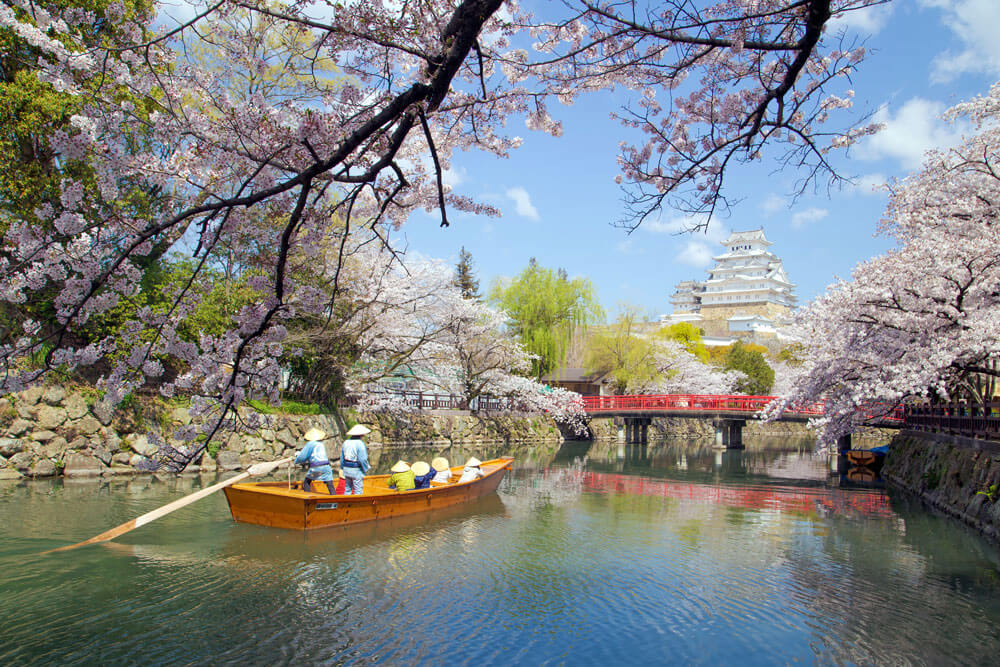Step into the Warring States Era—Where Samurai Built Their Dreams in Stone. Roughly 500 years ago, during Japan’s Warring States era, powerful warlords vied for dominance by building majestic castles across the land. These strongholds served not only as military hubs but also as bold symbols of their ambitions. Today, visitors can explore these historical treasures—admiring their intricate architecture, stone walls, maze-like pathways, and panoramic views from keeps and watchtowers. With every step, you’ll feel why these castles continue to be enduring symbols of regional pride.
Why not embark on a journey through Kansai, where echoes of the samurai era still linger in the air?


